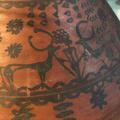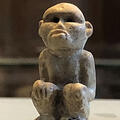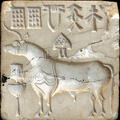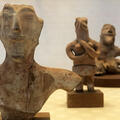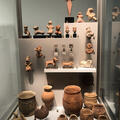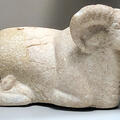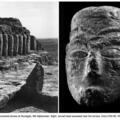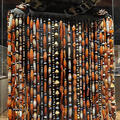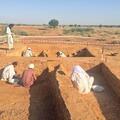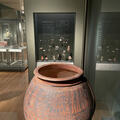At the National Museum, Delhi
On a recent visit to Delhi, I found myself free for two hours and made my way in a rickshaw from Jama Masjid to the National Museum. It was a Sunday afternoon. After paying the entrance fee and breathlessly arriving at the Harappan Civilisation doorway, I found that it was closed for renovations! Momentarily dispirited, it turned out that there was another entrance and much of the gallery was still open – disaster averted.

